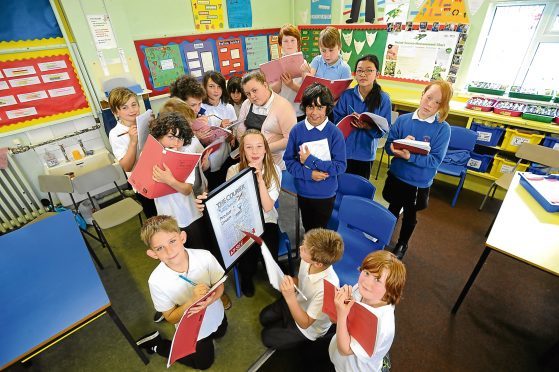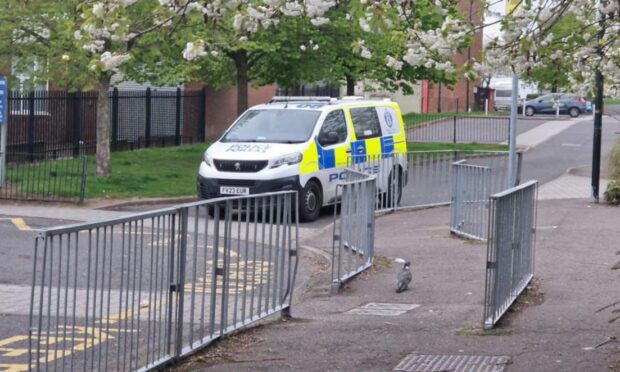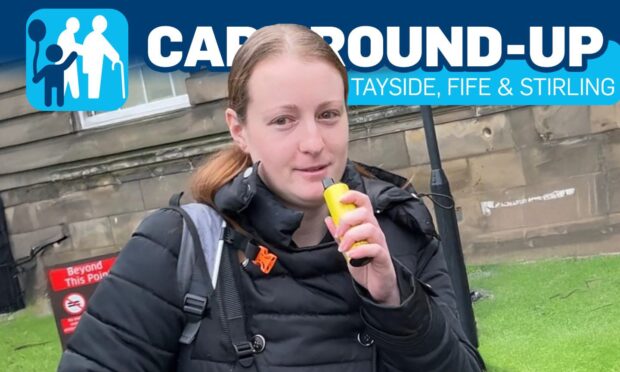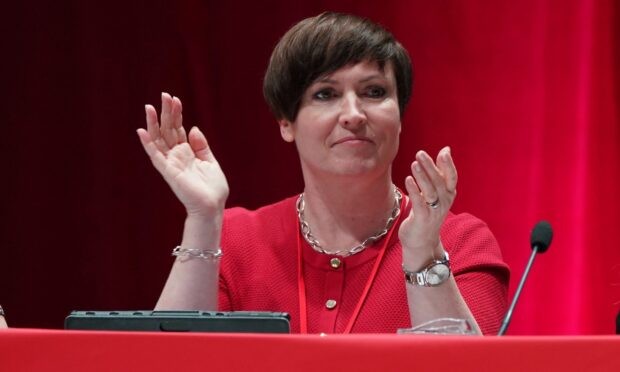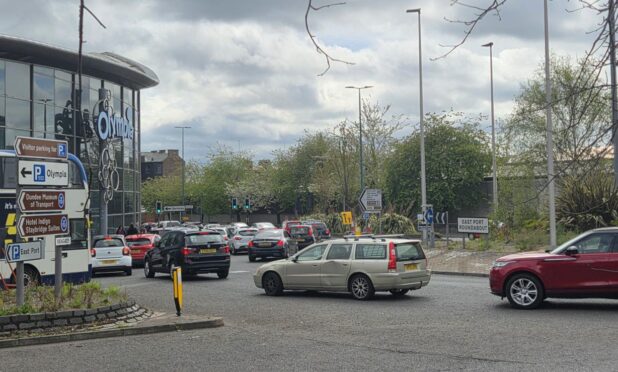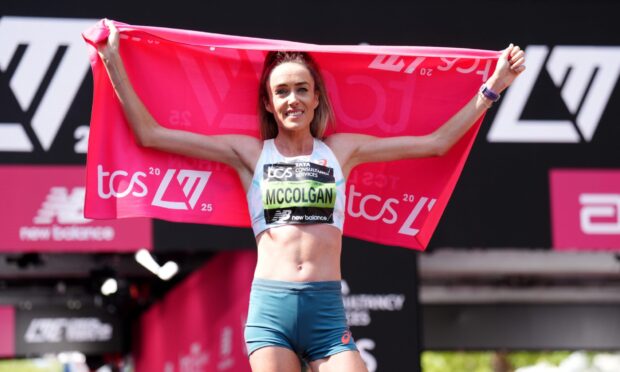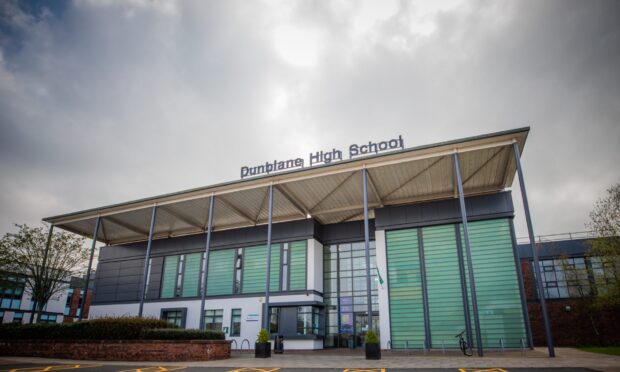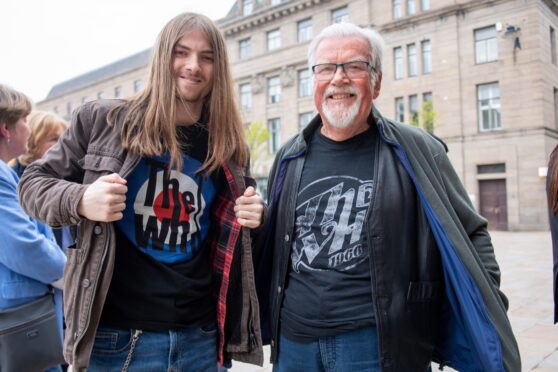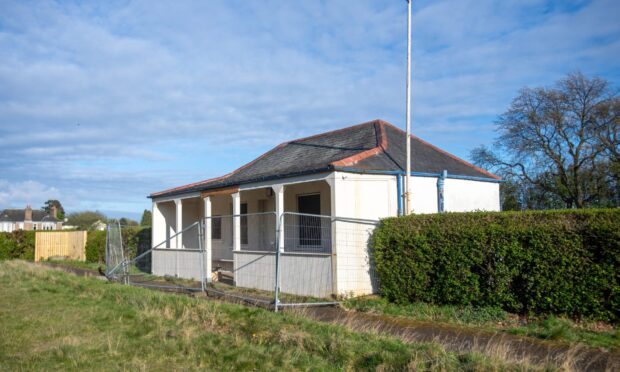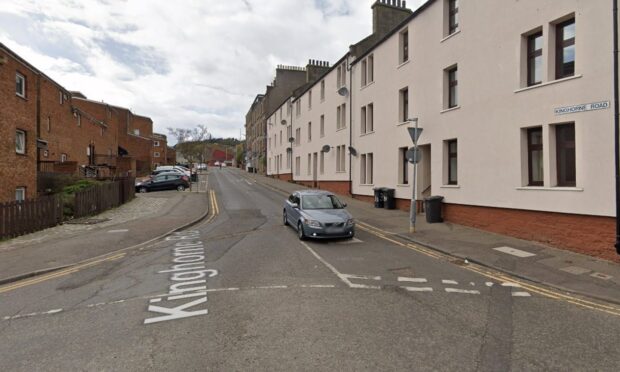Time is running out to take part in our £5,000 Junior Journalist competition. Jack McKeown looks back at previous winners to find out what the contest meant for them.
The Courier’s Junior Journalist competition is about to erupt into a frenzy of copy writing, sub editing, graphic design and deadlines.
Run every two years, the contest engages hundreds of pupils from dozens of classes across Tayside and Fife.
Last time around, pupils were asked to write the newspaper front page of the future. This time, with the furore over fake news, we’d like students to make their news real. It can be as local or as national or international as they like, as long as it means something to them.
The most recent Junior Journalist winner is Julia Haehner, then a P7 student at Crail Primary. Her bold front page envisaged The Courier of the 23rd Century celebrating 400 years of publication with a story about a breakthrough allowing scientists to regrow lost limbs.
The Courier’s then features editor Morag Lindsay said of the winning entry: “Julia Haehner combined bold headlines, uncluttered layout, an exciting story and colourful images to create the front page all of the judges most wanted to pick up and read.”
Another Fife school, Craigrothie Primary, has had a double run of success- winning the top prize in 2014 and taking one of the runners up spots in 2016, both times courtesy of pupil Grace Finlay.
Teacher Joanna Wright said: “Our school really enjoyed entering the competition. The pupils felt inspired by the project and particularly liked the fact that they were working towards a goal. This motivated them to produce work of a high standard.”
She said her pupils loved learning about journalism: “They learned a lot about journalism skills, designing a lay out and meeting a deadline. The competition fired their imagination. The work was different and exciting but at the same time it was reinforcing key skills.”
Of course, the prize money came in handy as well. “Our school was delighted and proud to win,” Mrs Wright continued. “We used the prize money for ipads and playground equipment. Being a small school the money made a big difference. We also learned a great deal and really enjoyed our visit to The Courier.”
Entry for The Courier’s Junior Journalist competition closes on February 16. The project and competition is being offered to all primary schools across The Courier circulation area.
However, numbers are strictly limited to the first 50 classes to register.
Once registered, you will be sent a confirmation email, followed by a fully detailed Class Pack. This contains information on the project and contest, teacher notes, posters, some great classroom ideas and news activities.
It will also include your Contest Entry Forms. In addition, your class will receive copies of The Courier delivered to school once a week for six weeks.
To enter email george@news-foundation.com with the subject line “Courier Junior Journalist 2018.”
